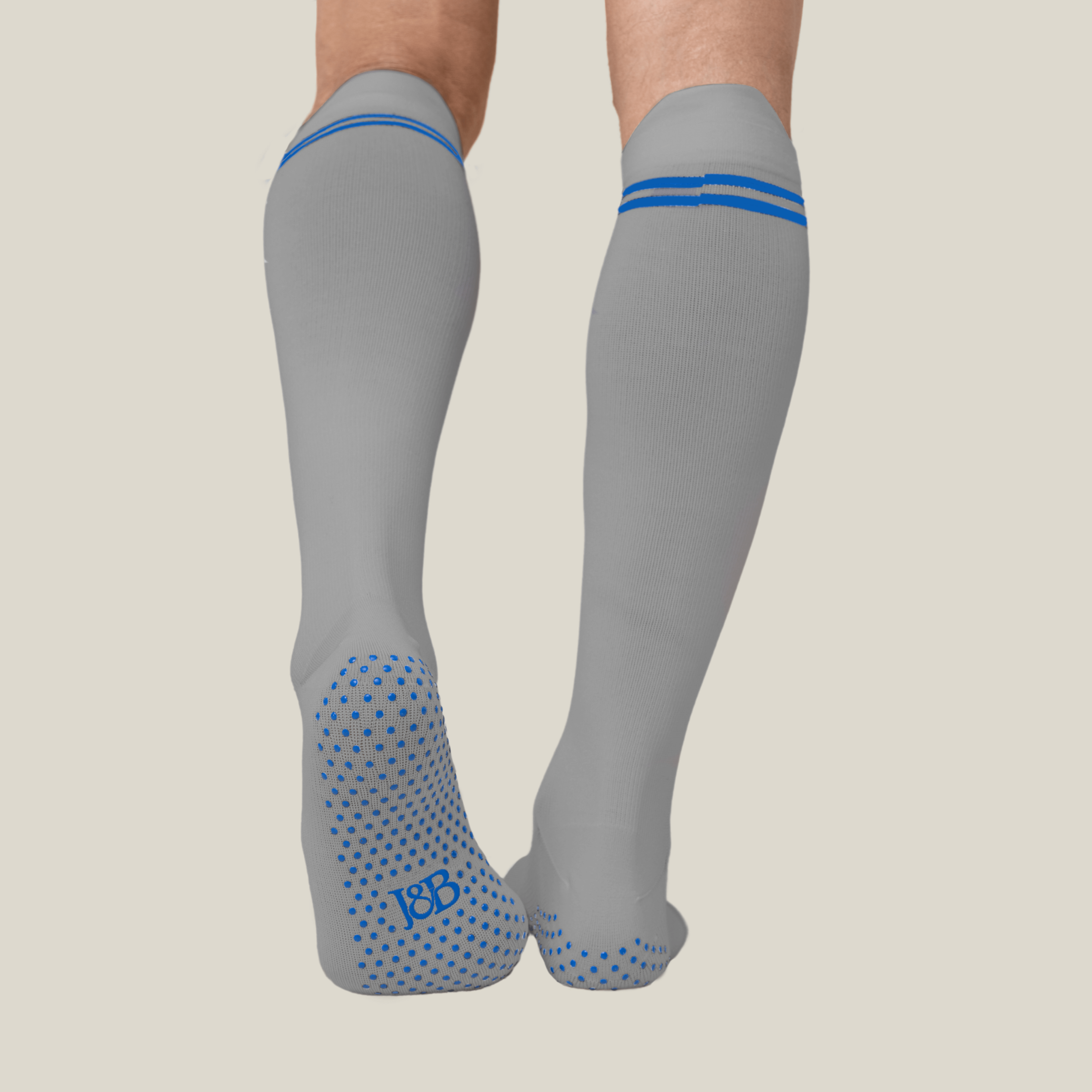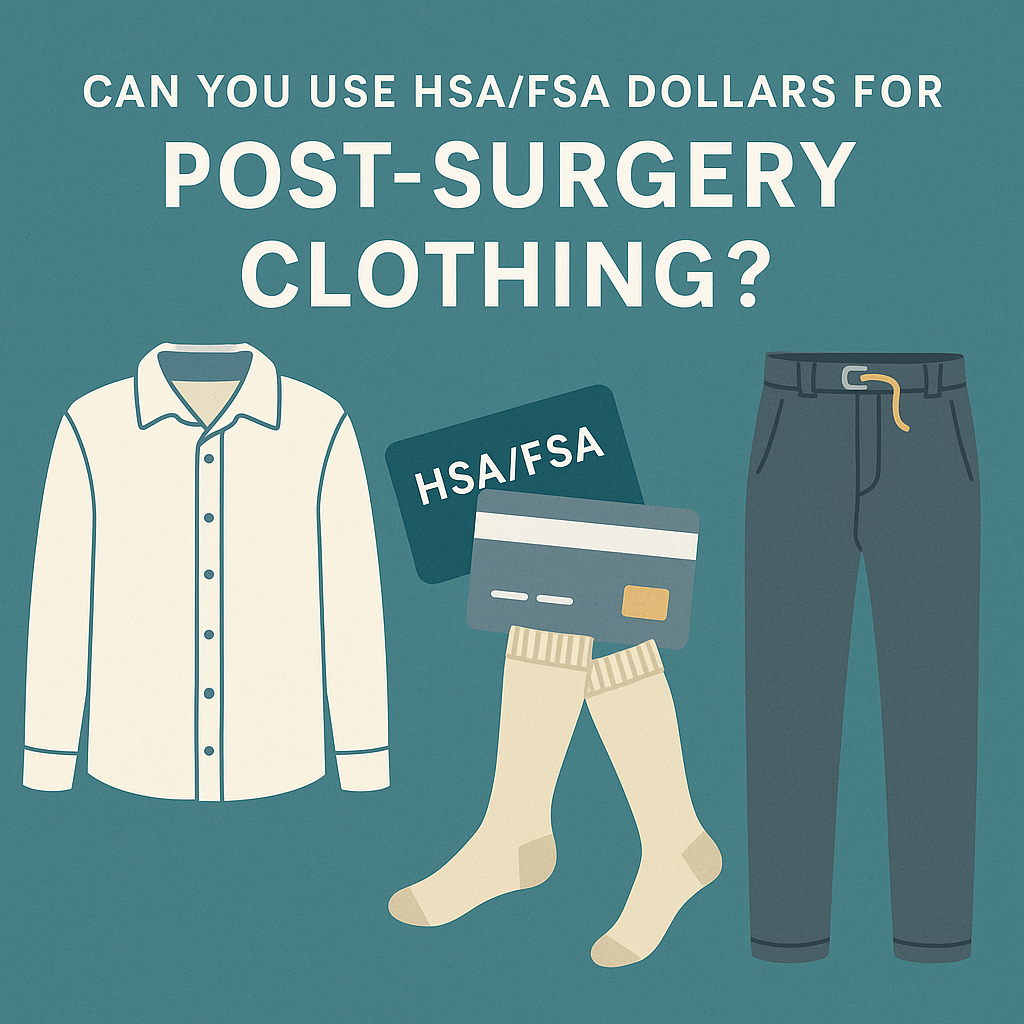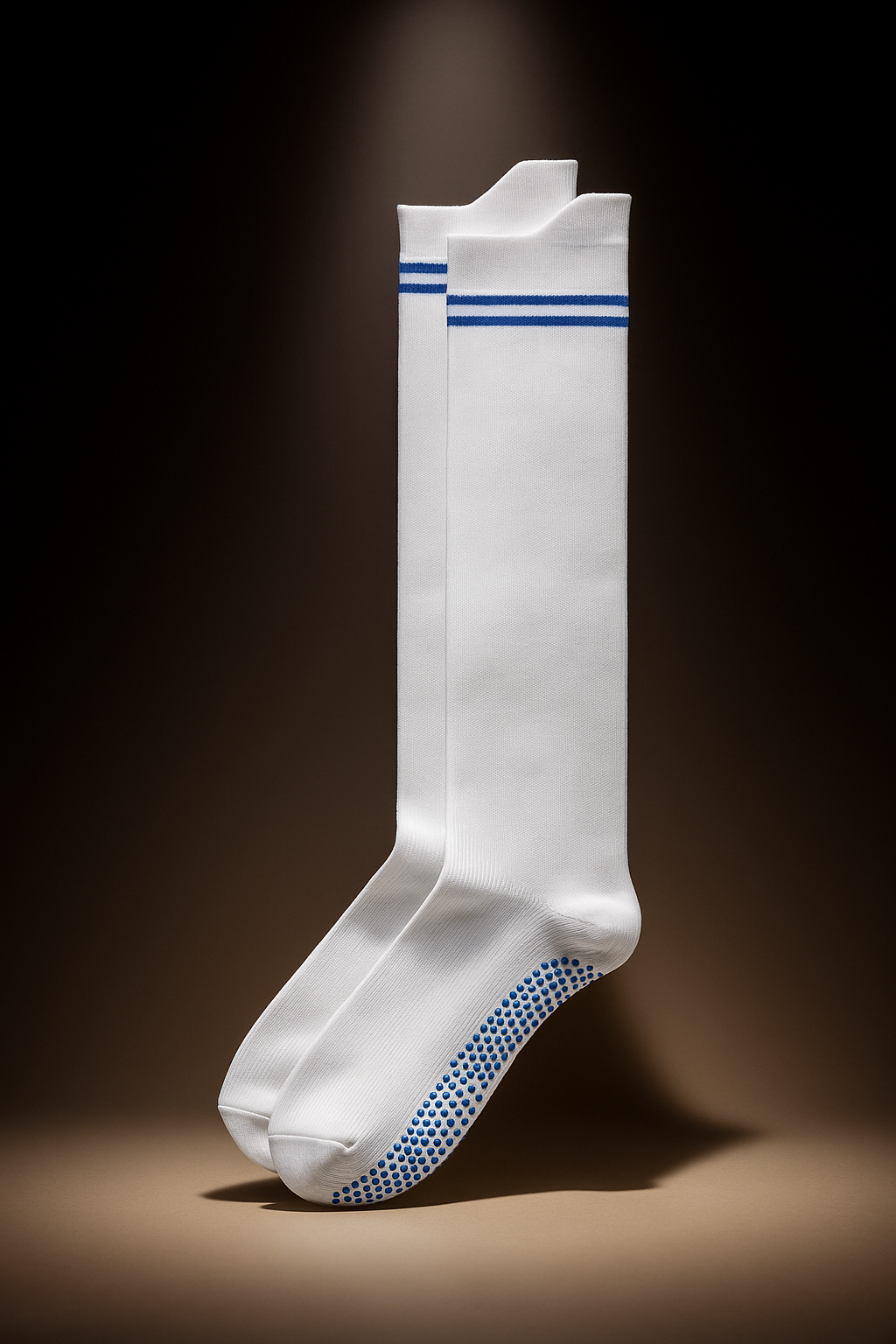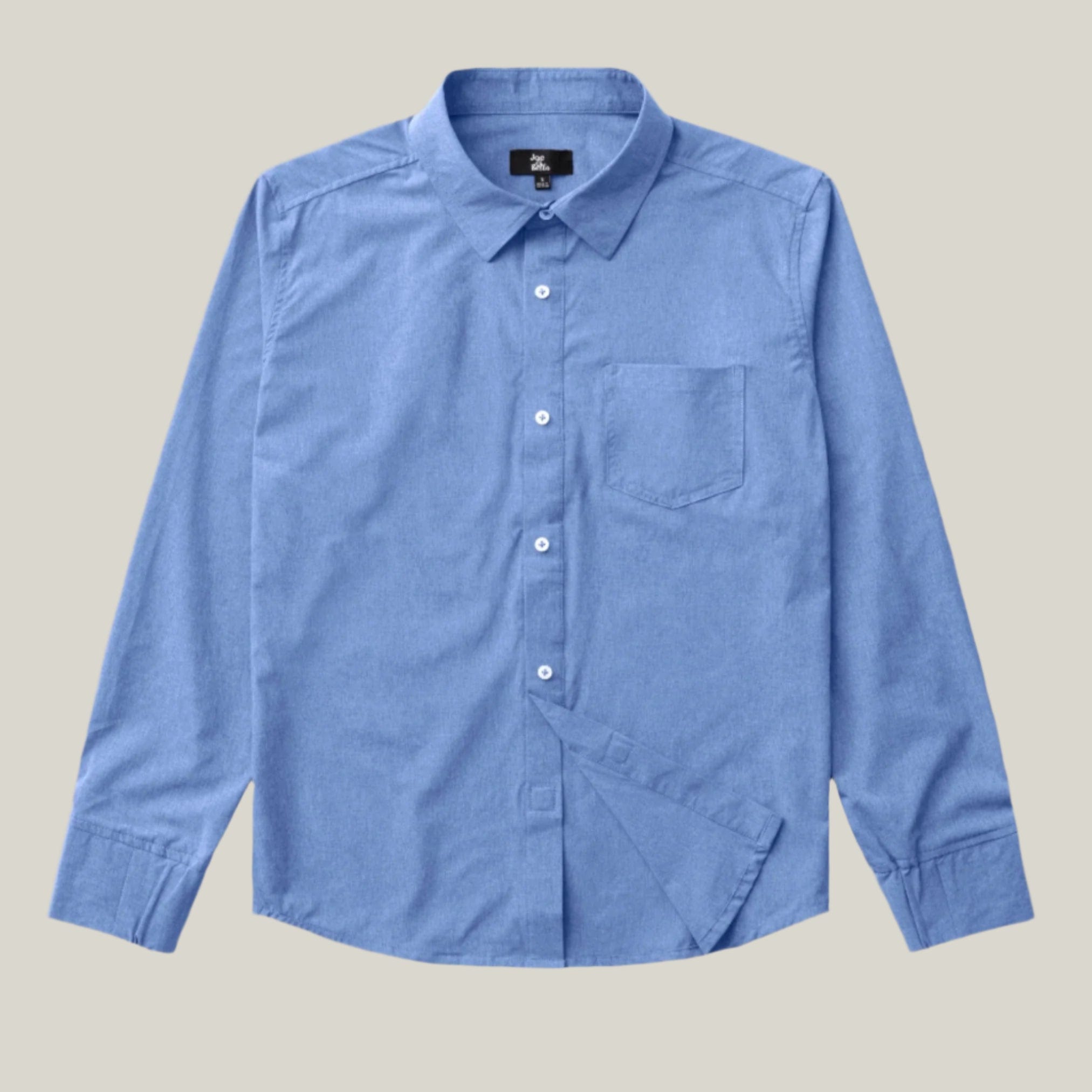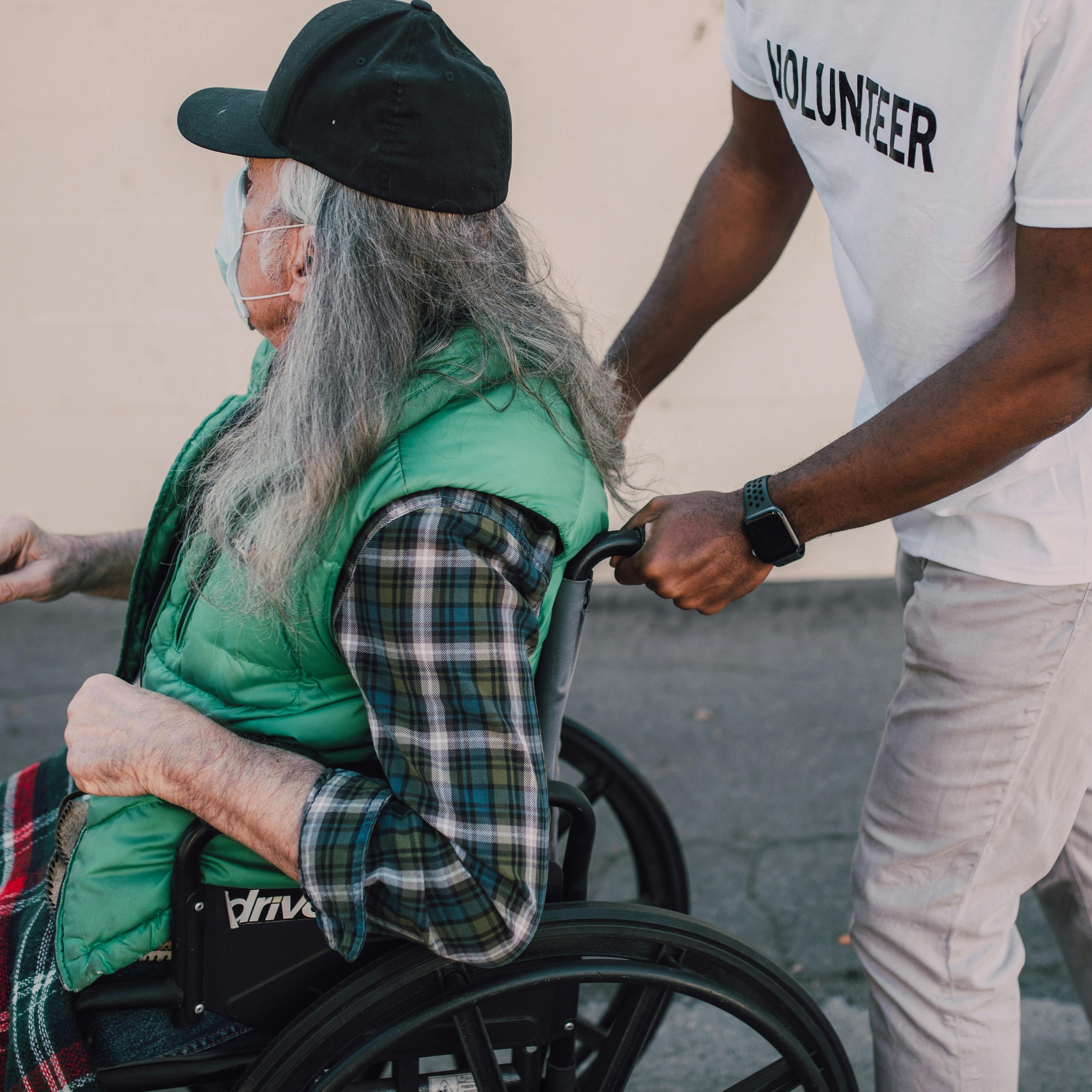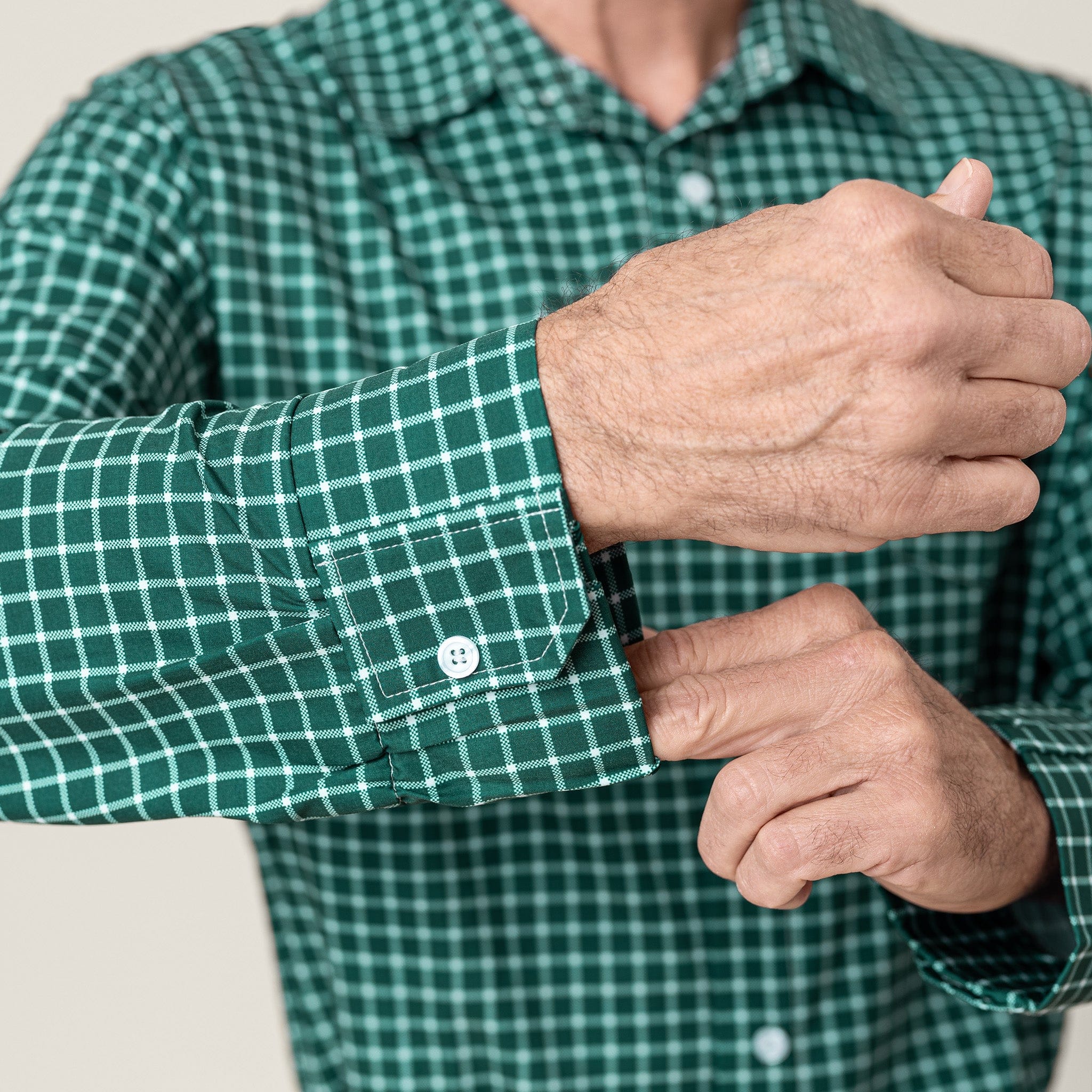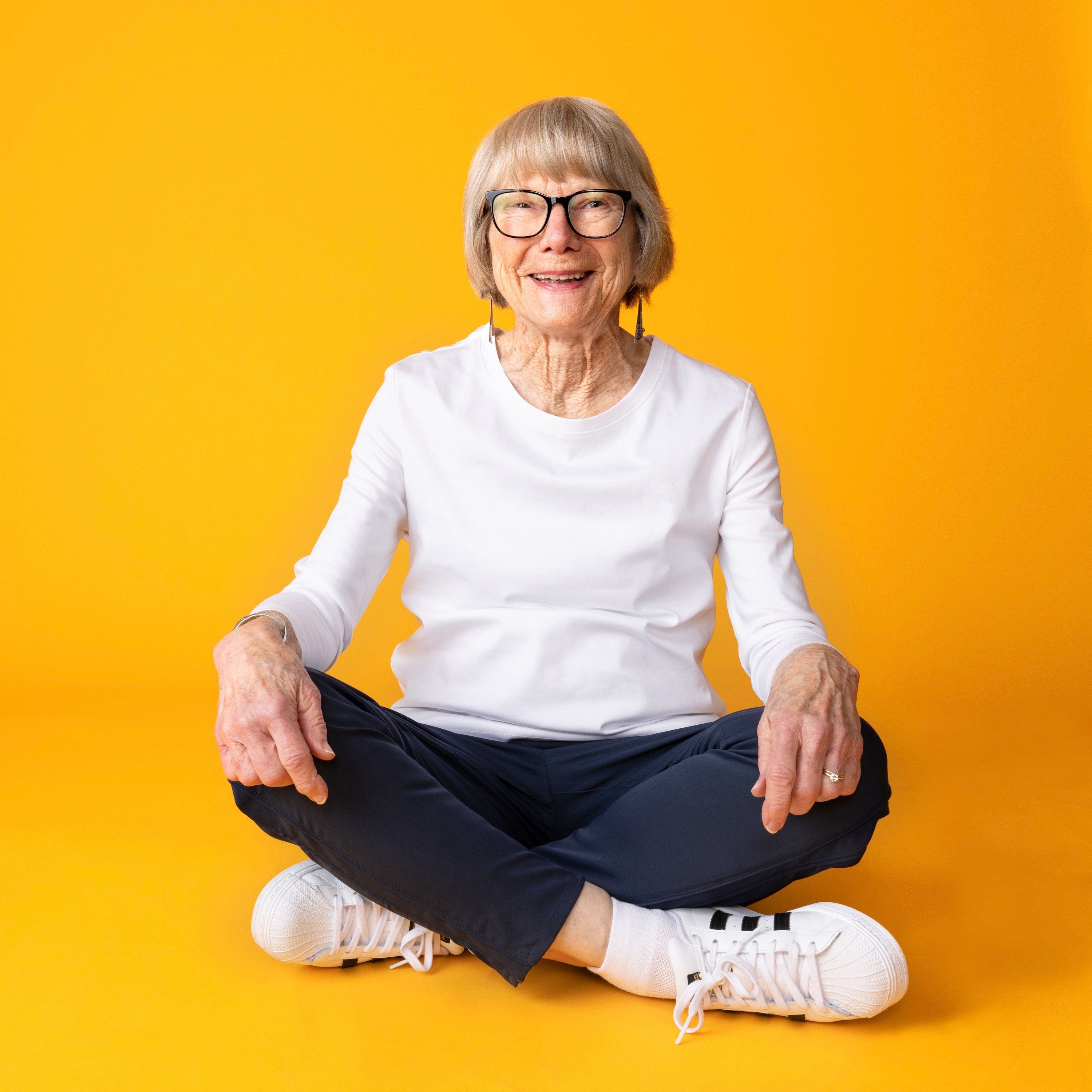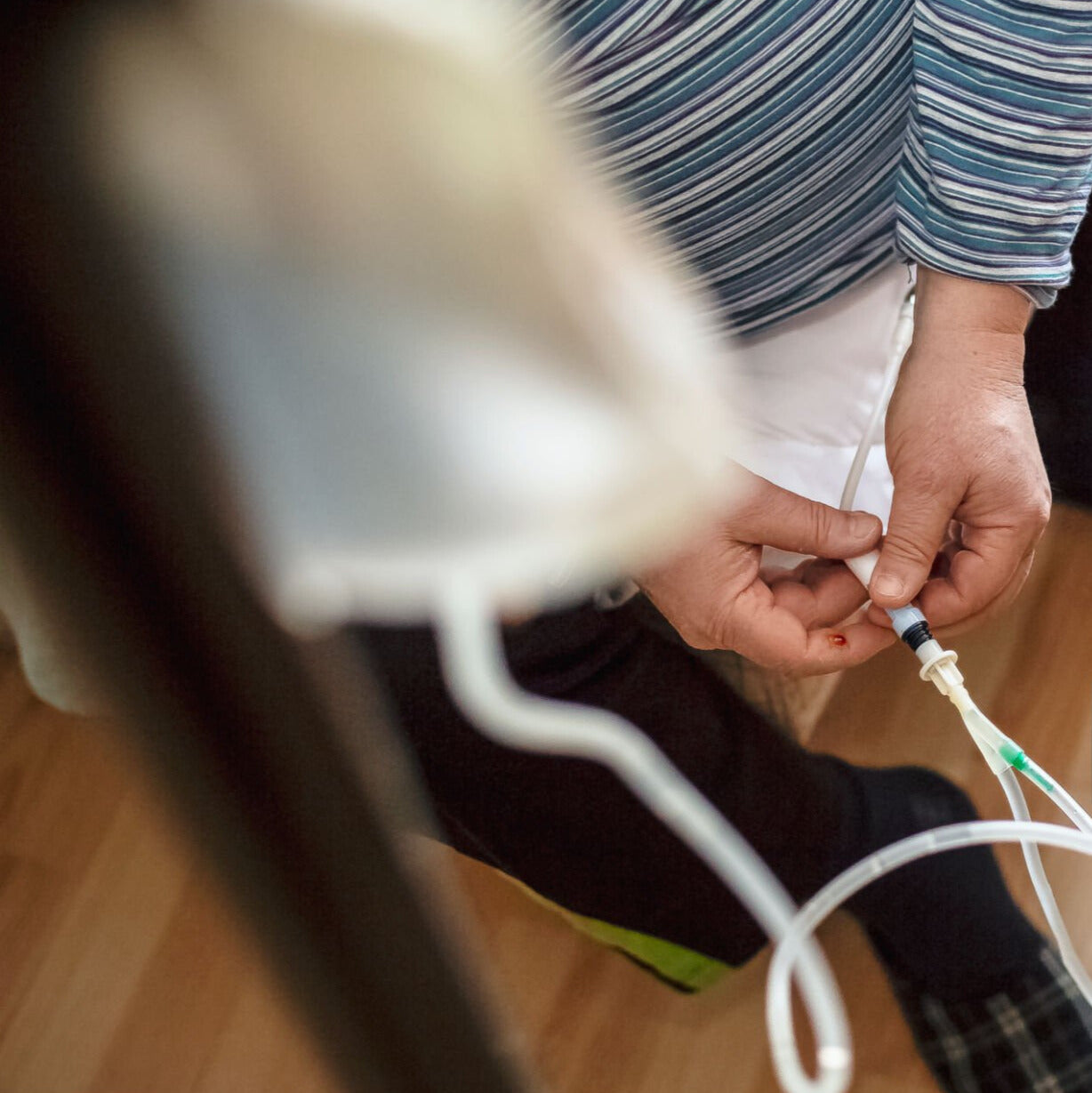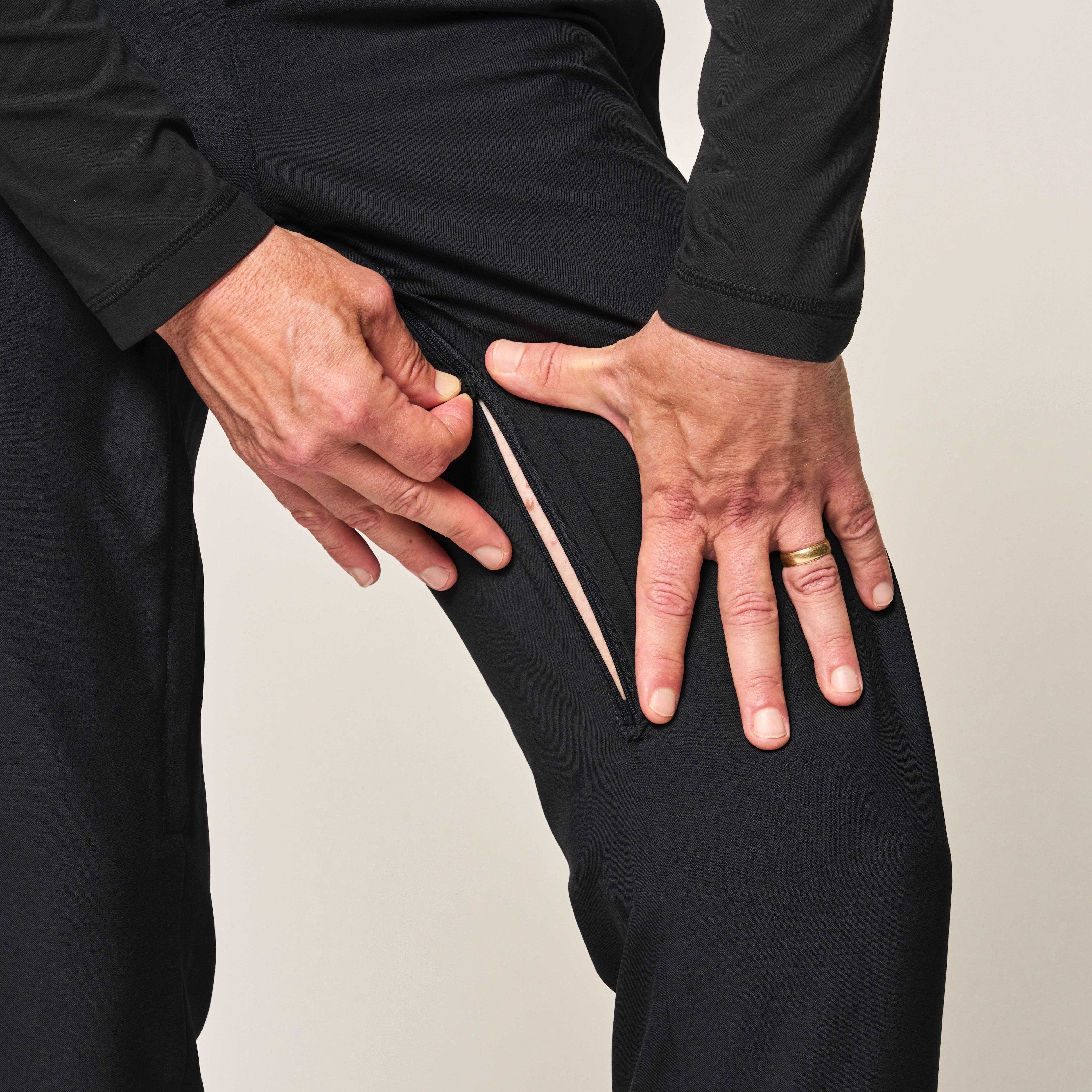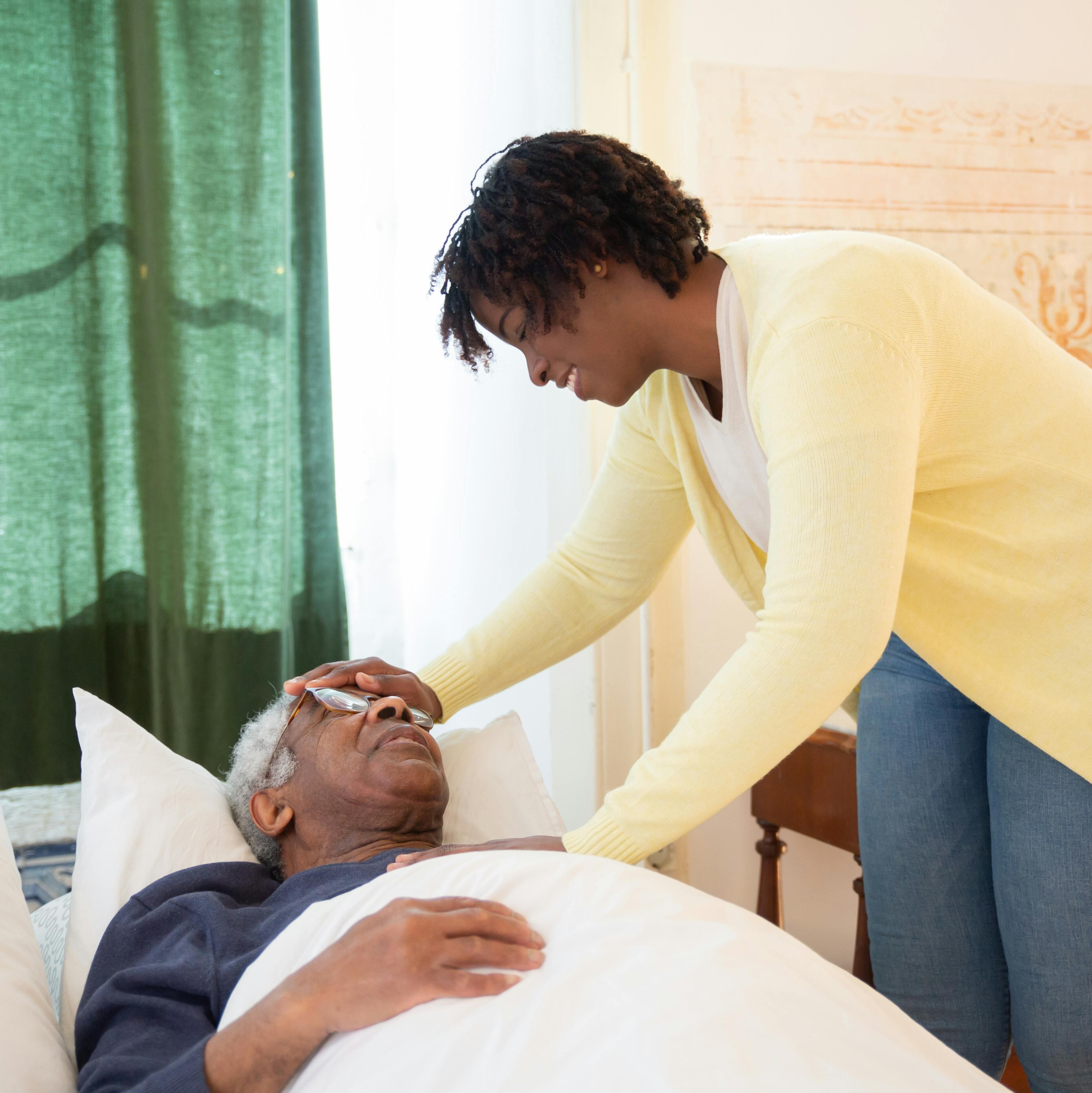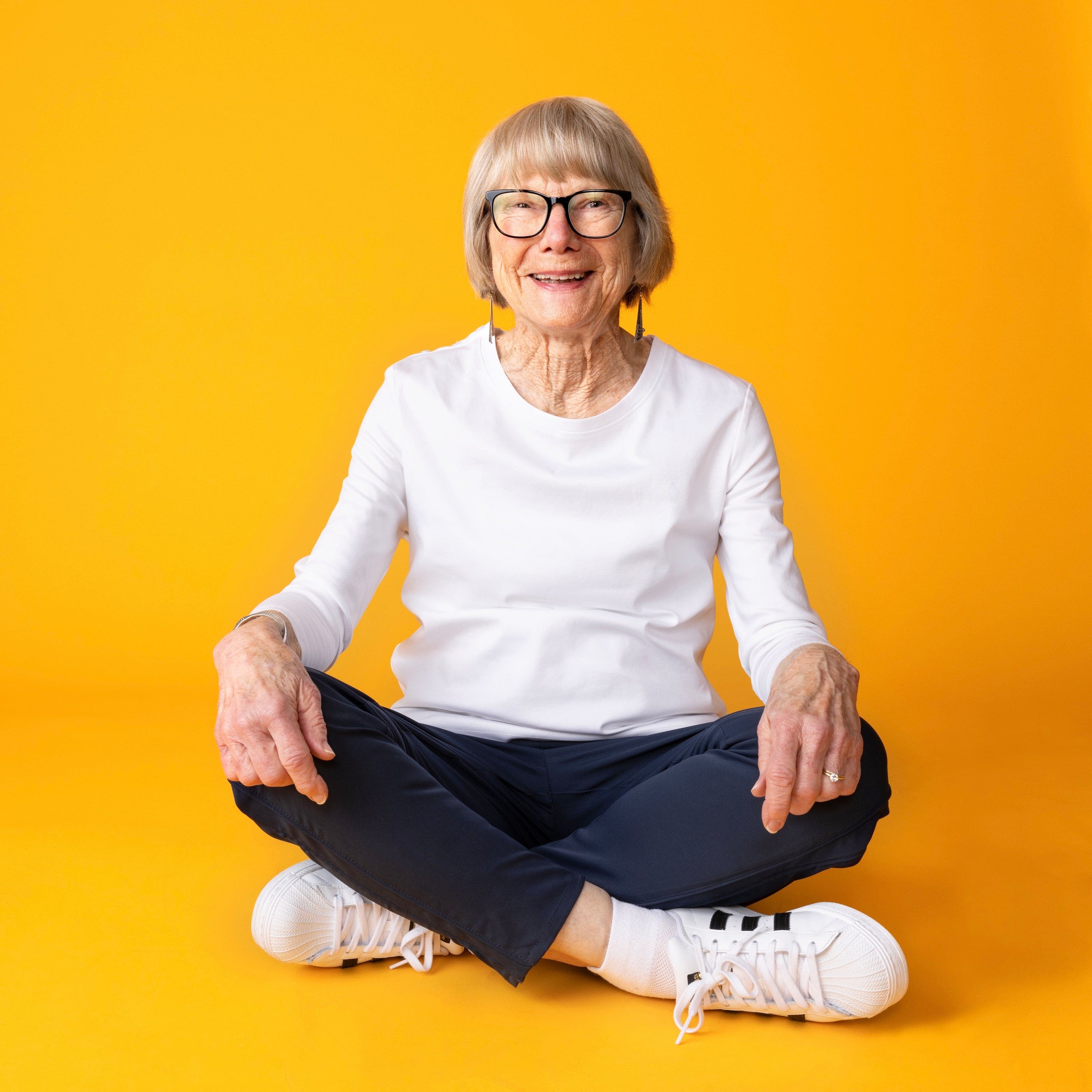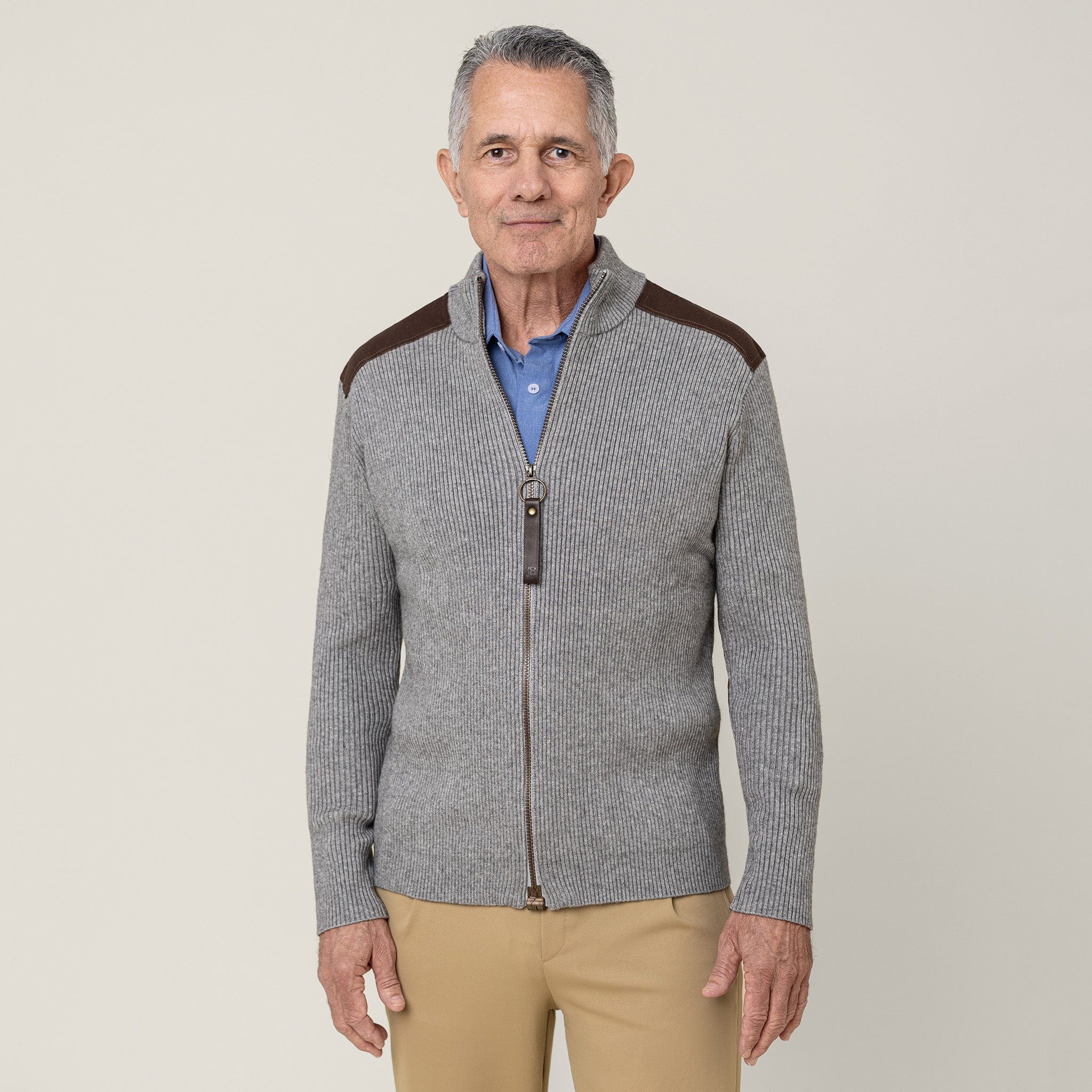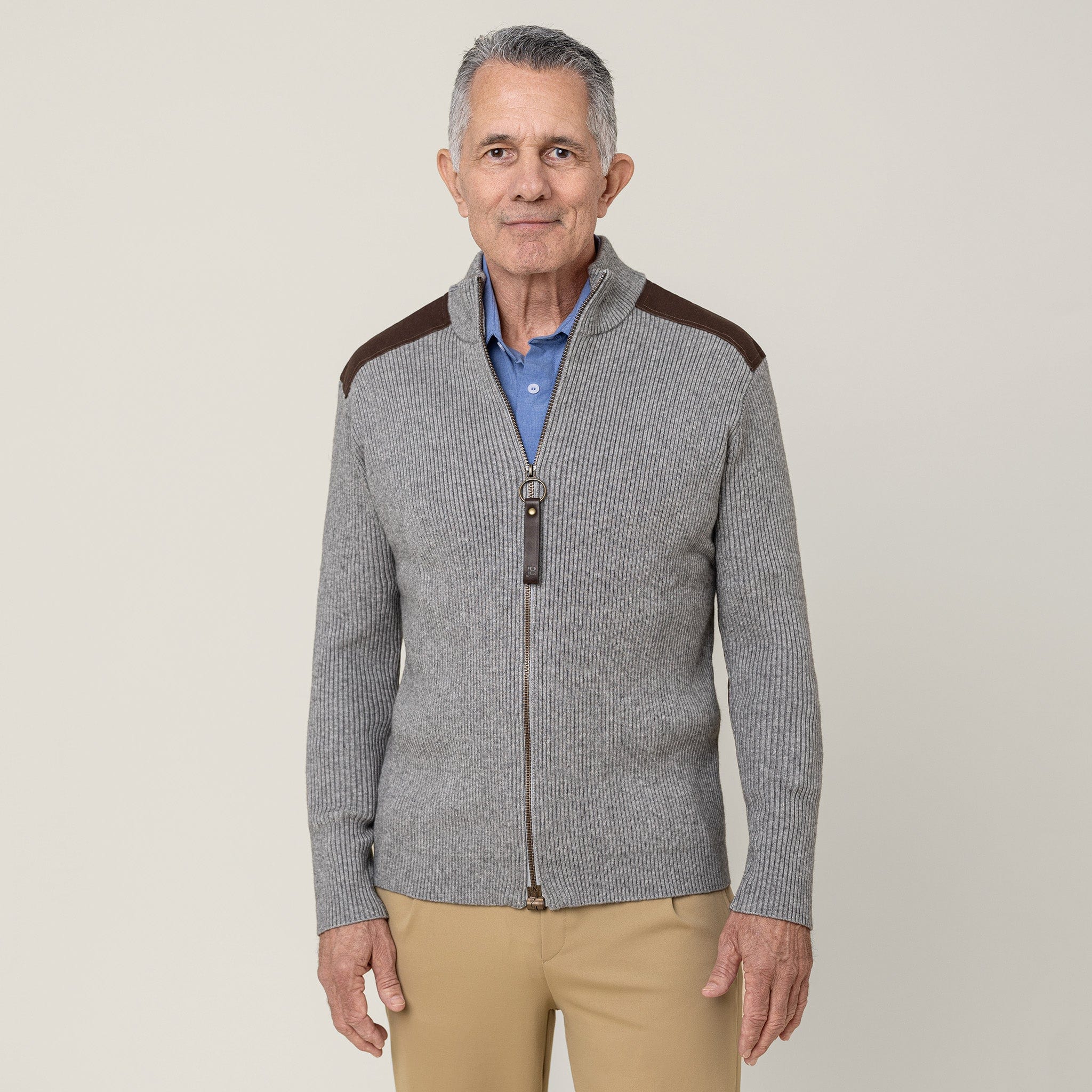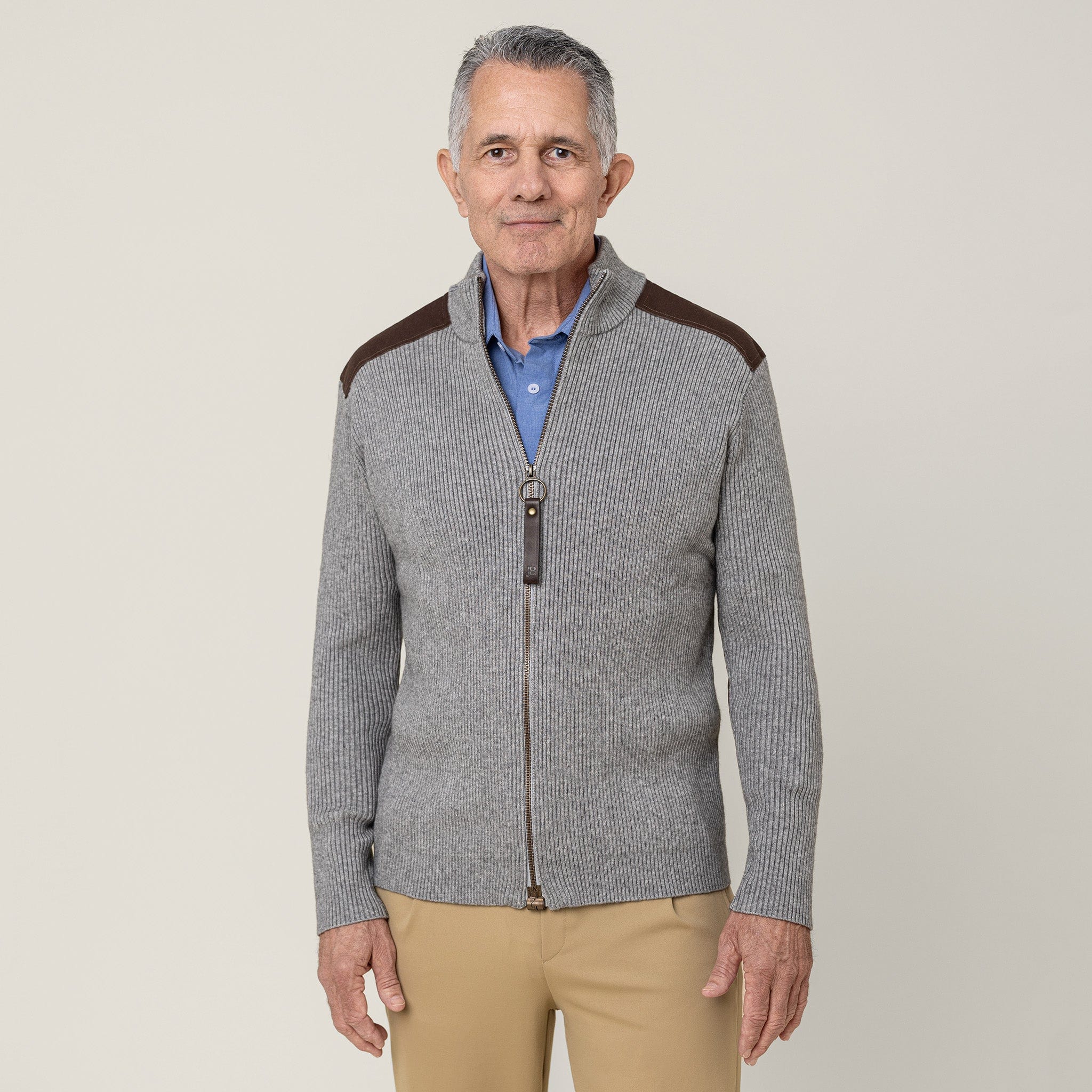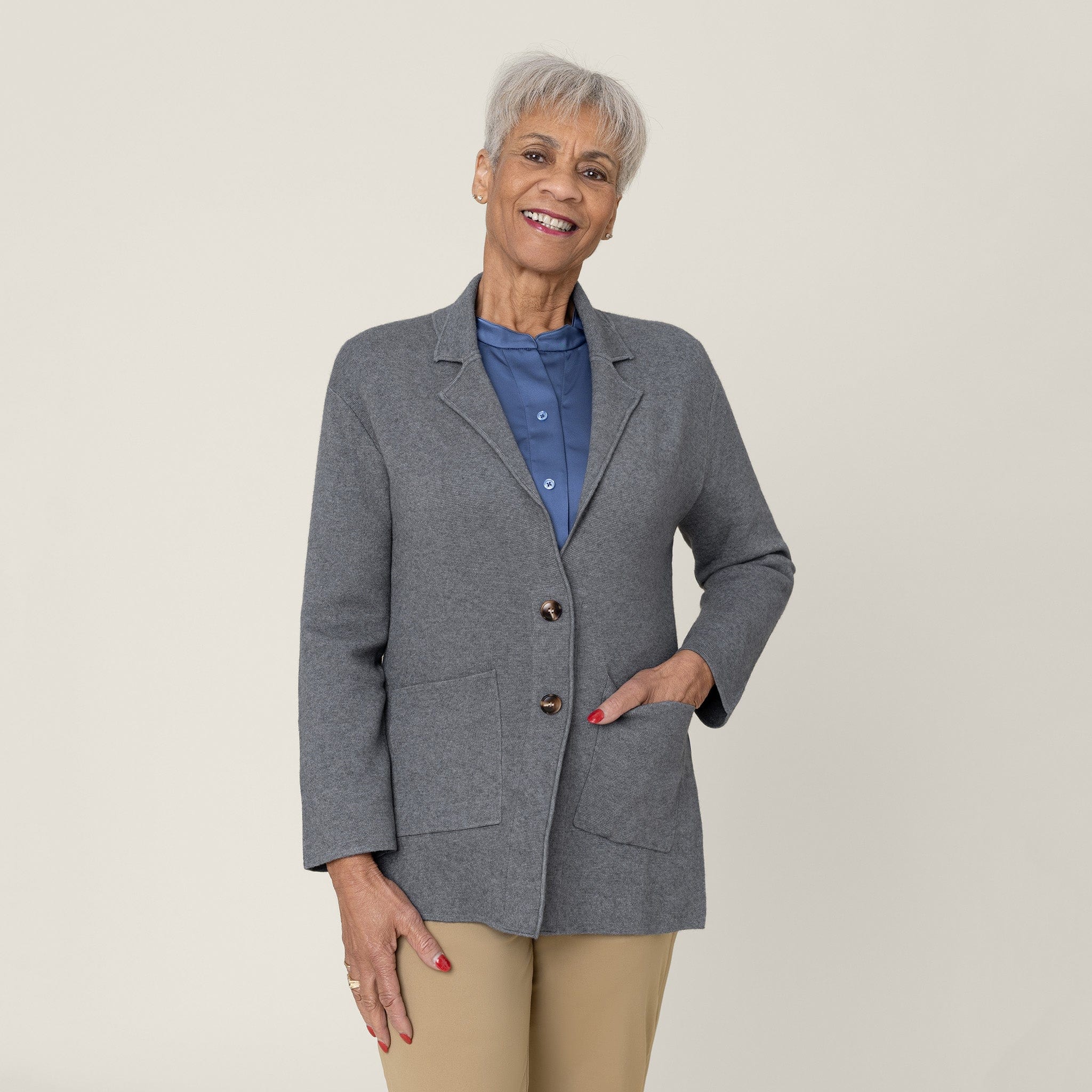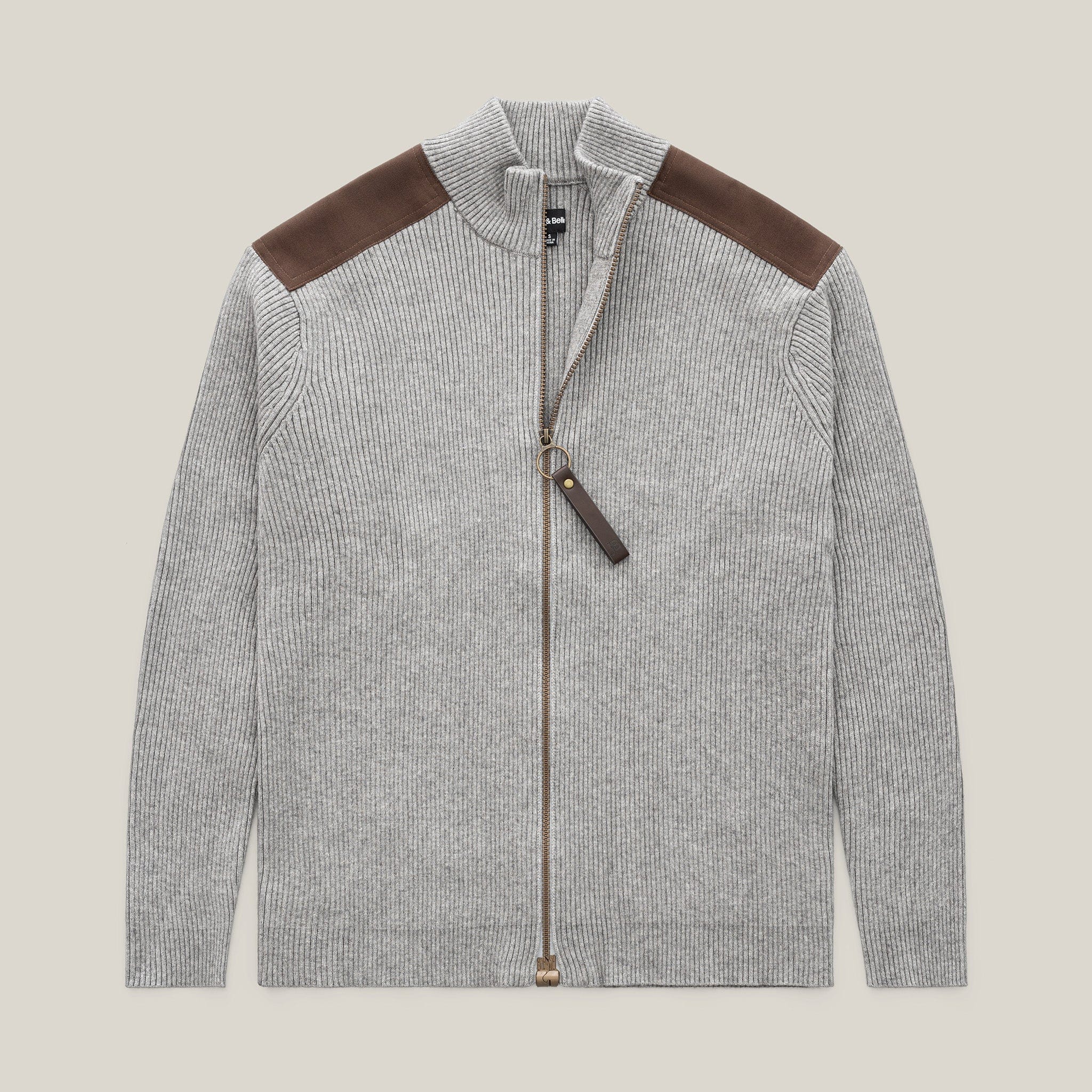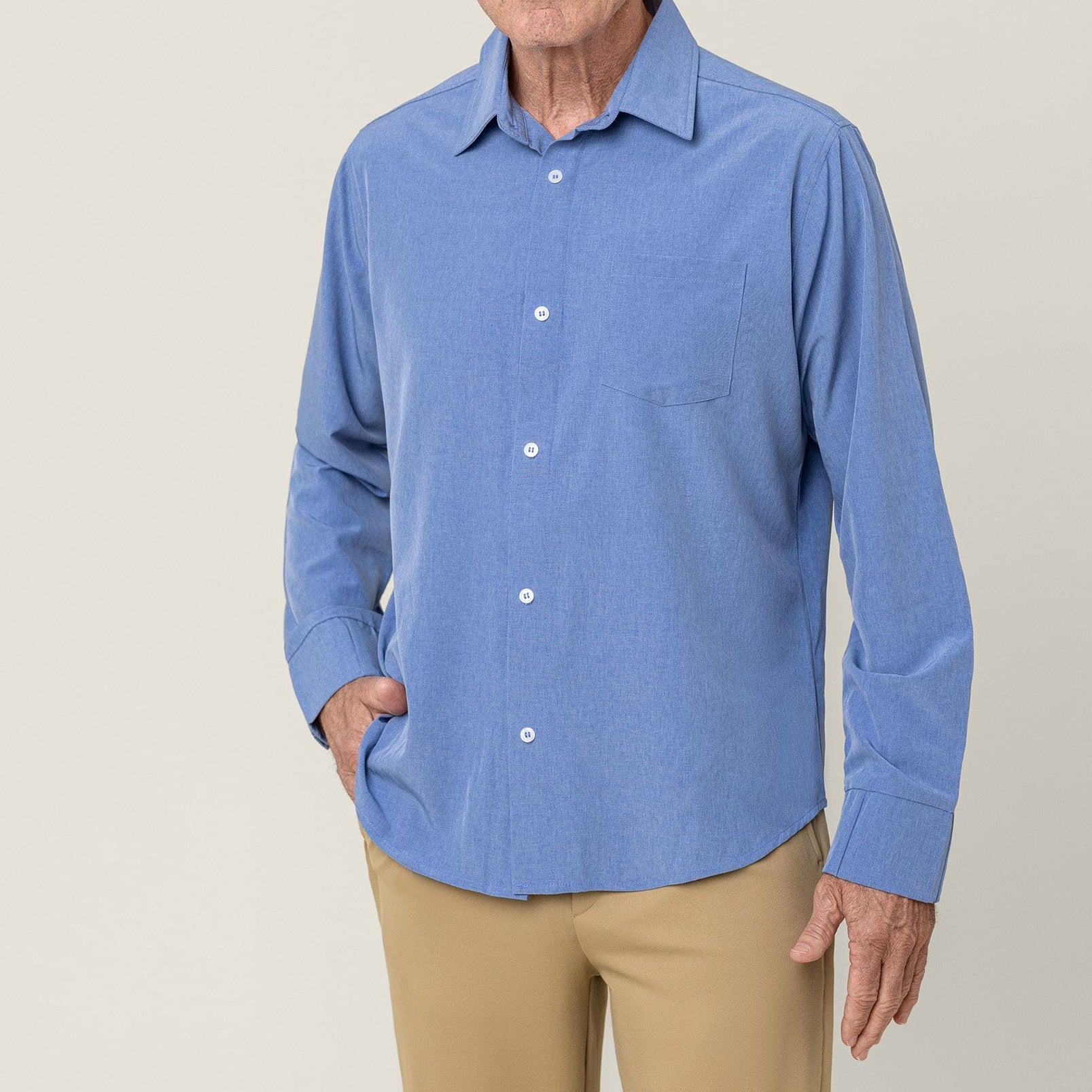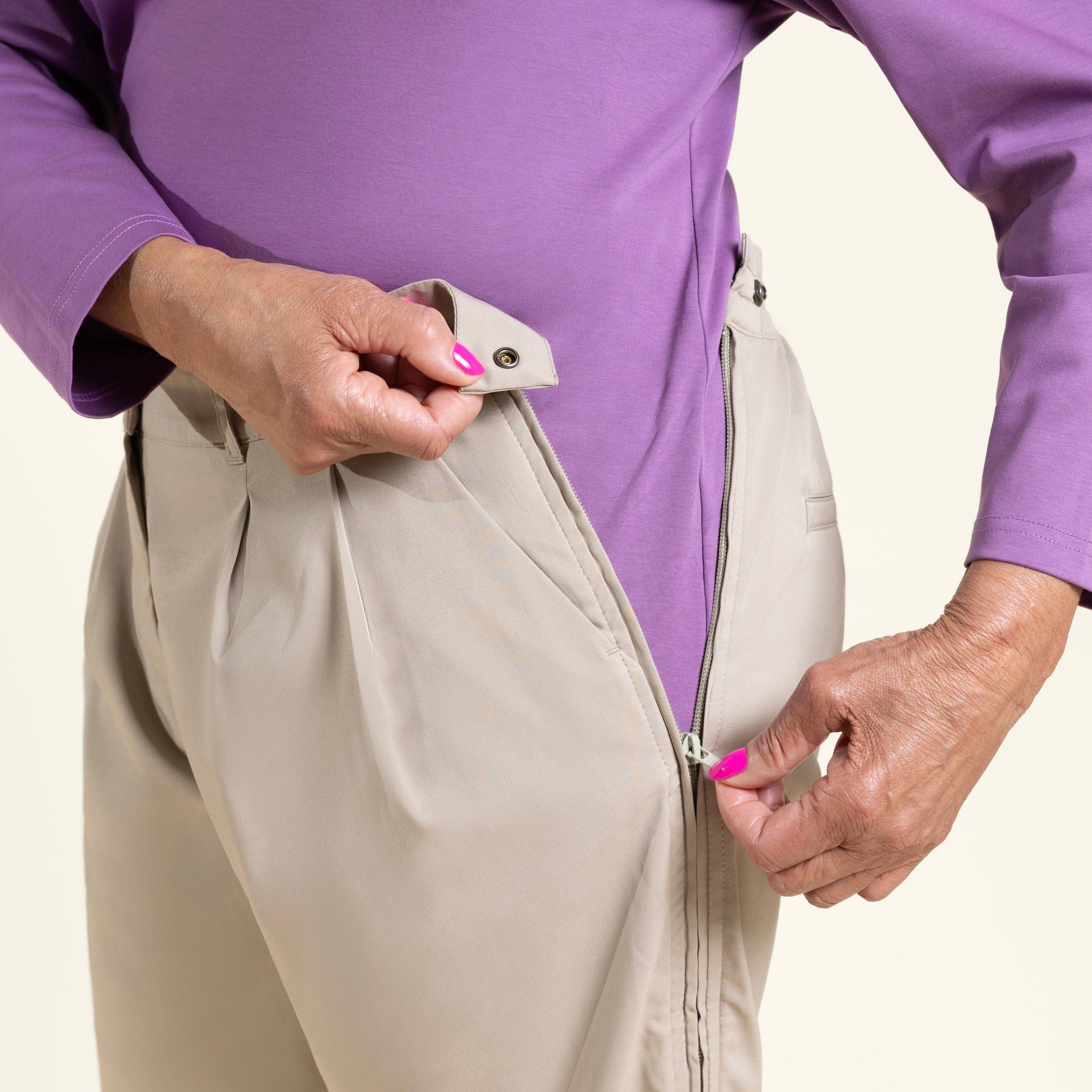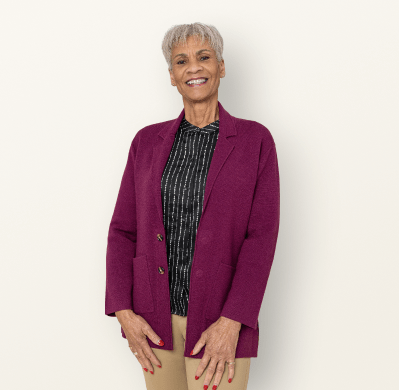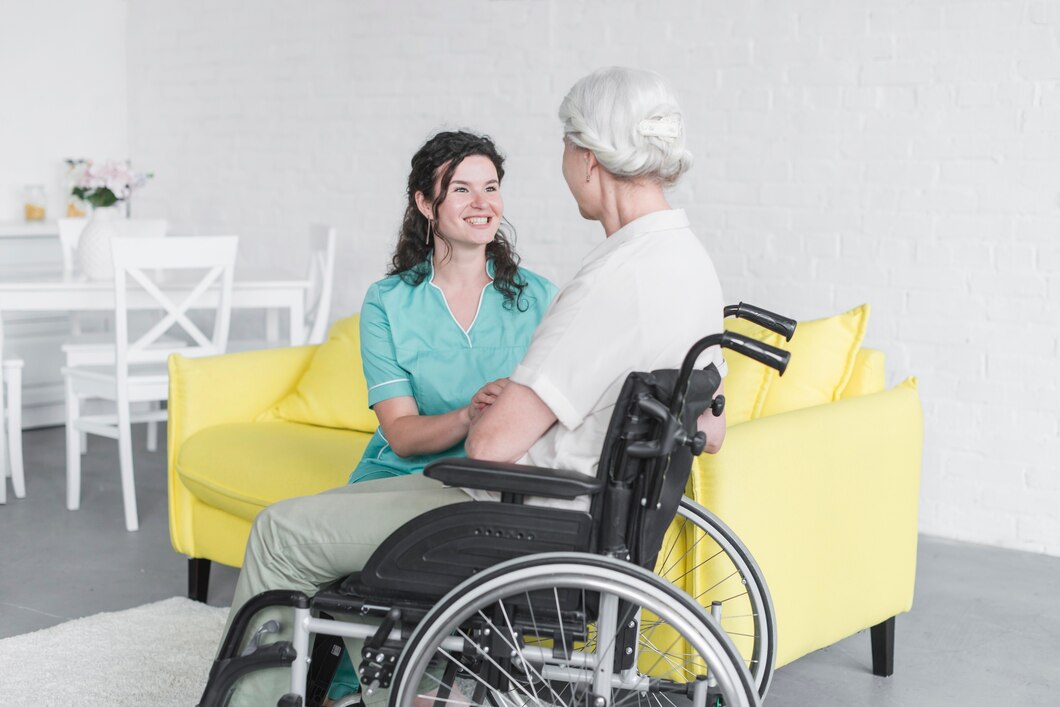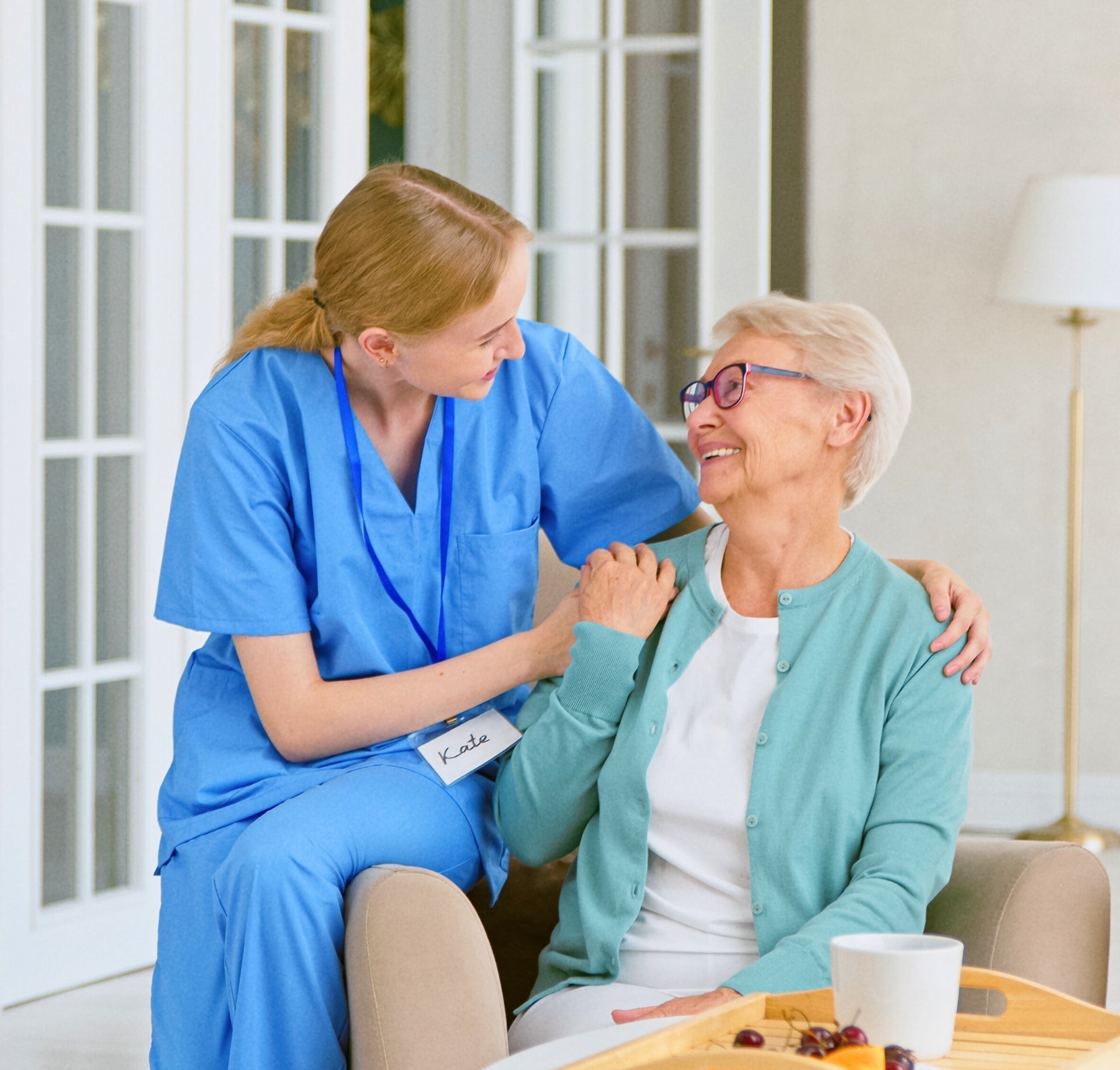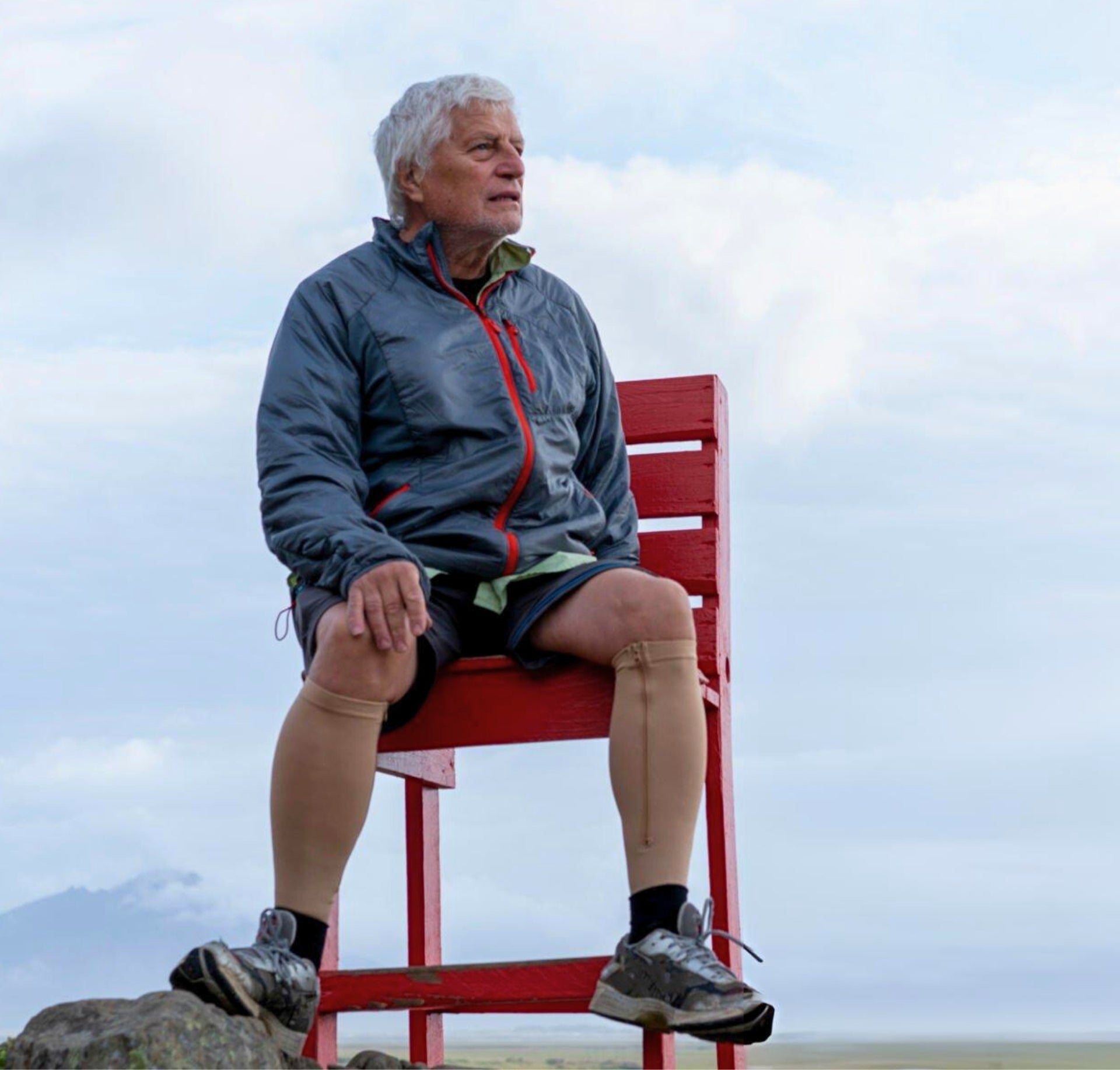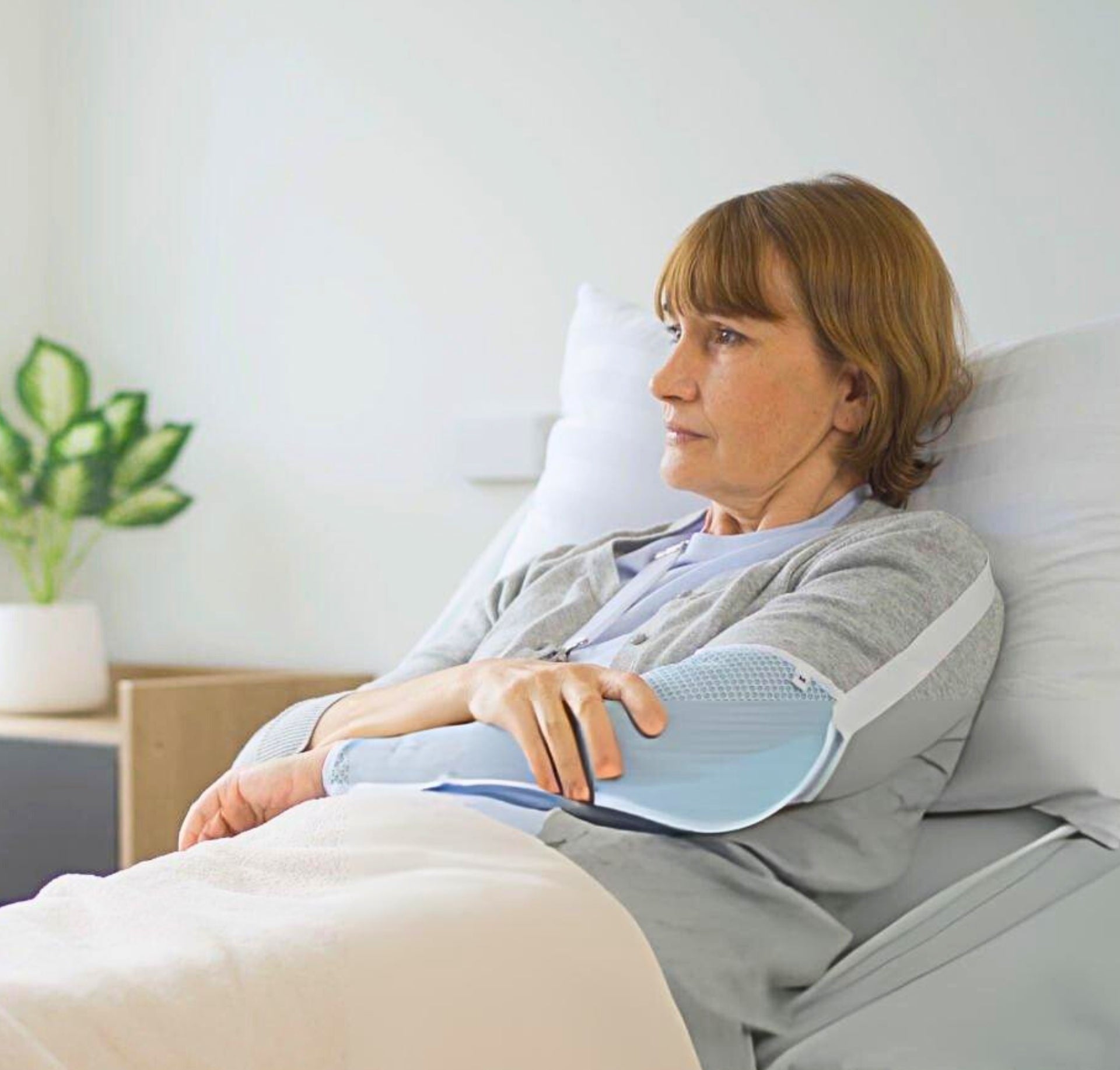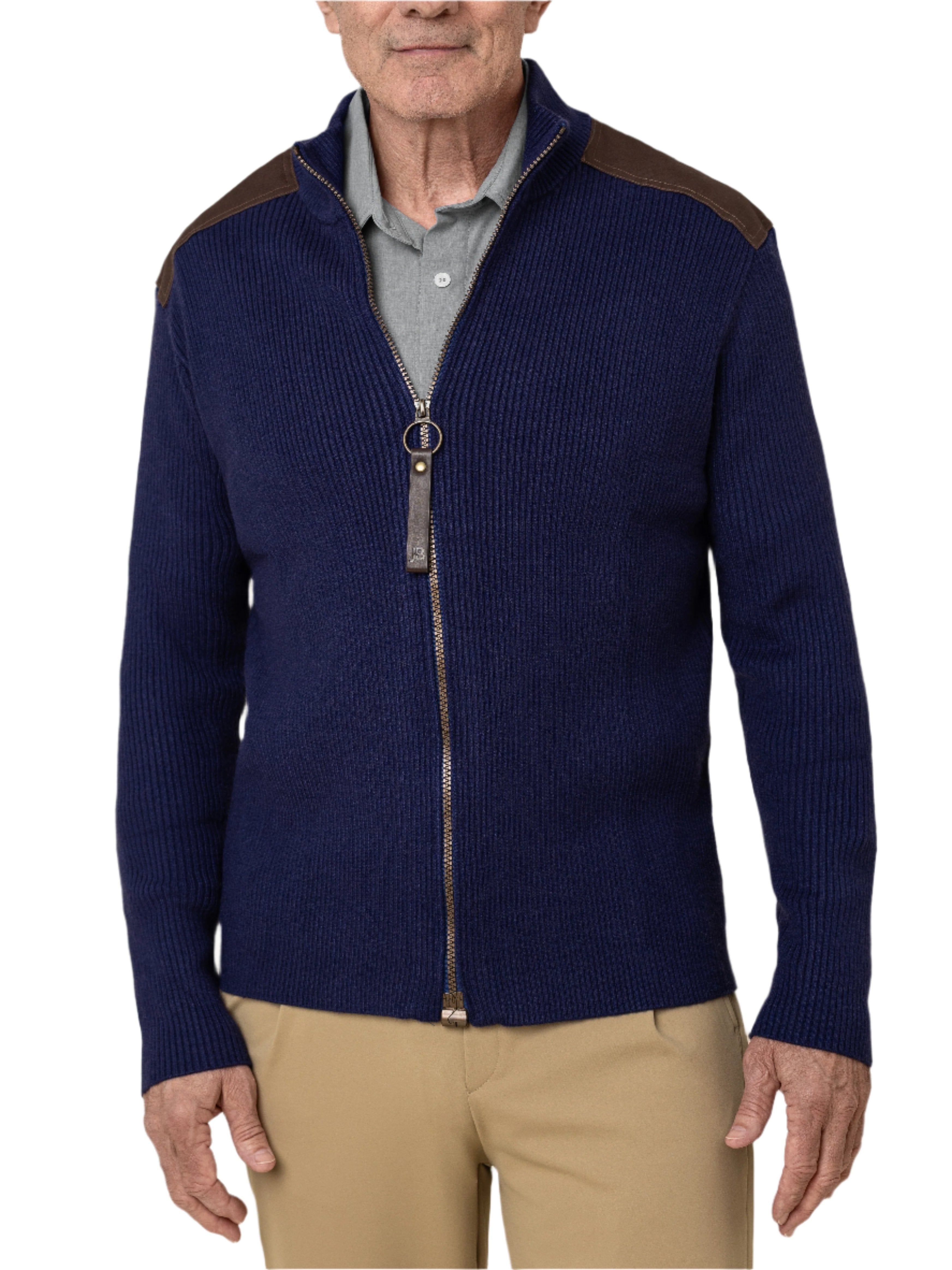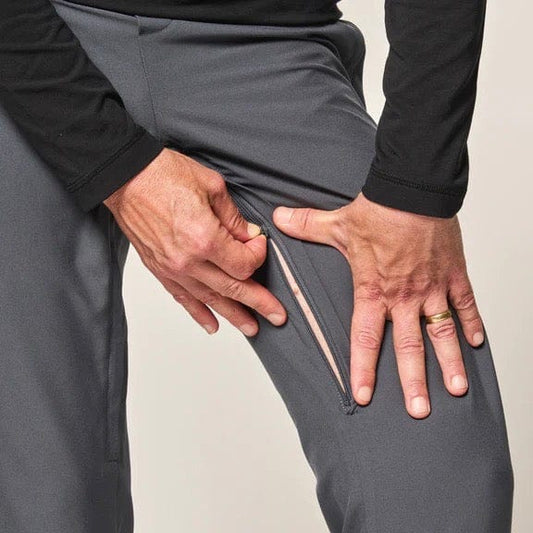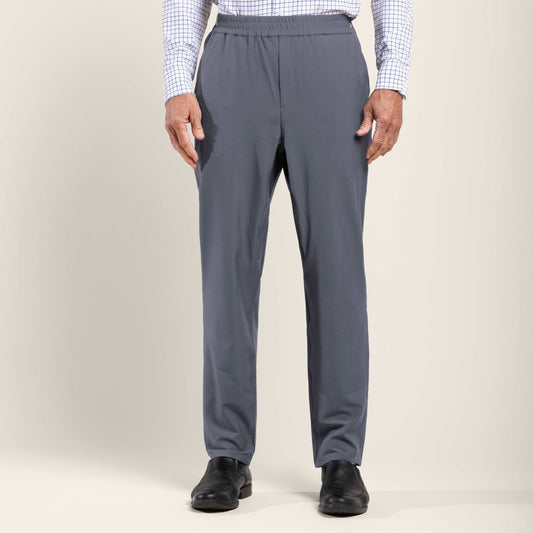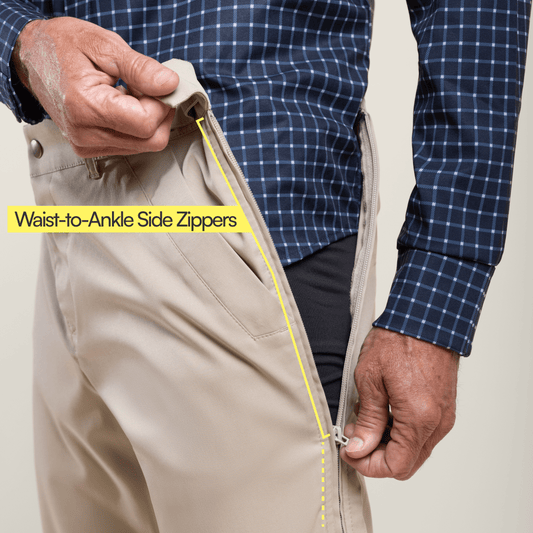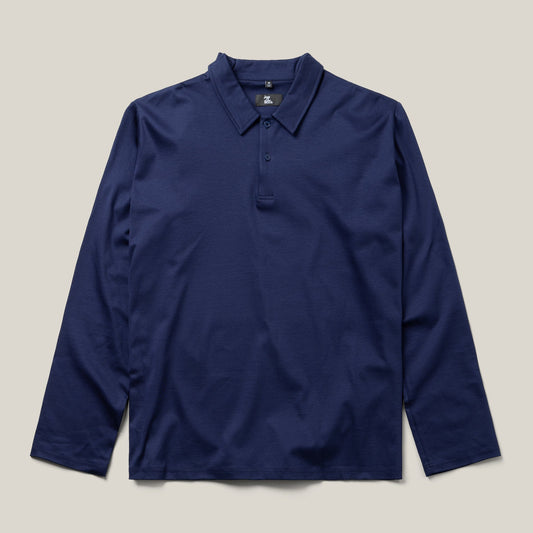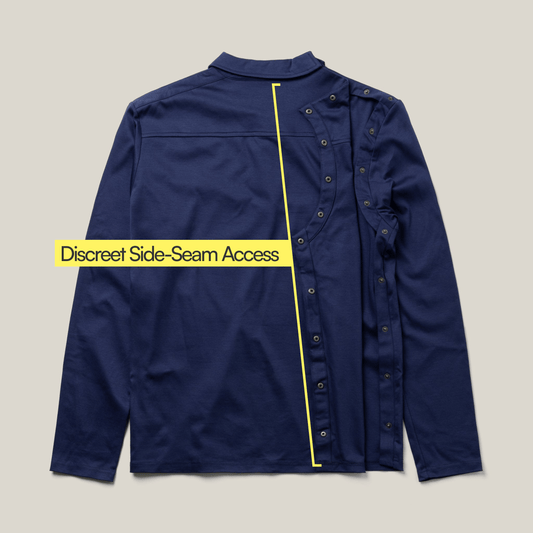Limited mobility, a challenge faced by millions worldwide due to a variety of reasons such as injuries, surgery recovery, neurological conditions, or chronic diseases like arthritis and multiple sclerosis, significantly affects daily activities, particularly dressing. The act of dressing, often taken for granted by many, can become a daunting task for those with only one hand or arm available due to these conditions. The need for independence and dignity in such personal tasks has led to the development of innovative techniques and adaptive clothing and tools, designed to empower individuals to dress themselves with less or no assistance. This guide delves into various strategies, tips, and adaptive solutions that cater to one-handed dressing, aiming to facilitate a more manageable and independent dressing routine for individuals facing these challenges.
How to Dress with One Hand?
For individuals dressing with one hand, having a clear plan for how to most efficiently and comfortably handle the dressing and undressing process is critical. First, carve out an appropriate amount of time. Second, ensure you’re maintaining balance and ensuring safety. When it’s time to dress, be deliberate and focus on the affected arm or hand first. Combine this strategy with functional clothes and helpful tools, and you’re set up for success!
Take Your Time
Getting dressed with one hand will take longer than getting dressed with two. And rushing this process, especially if you’re new to this, will only lead to frustration and a potential injury. So set your alarm a bit earlier than before, and remain patient.
Dress While Sitting
For individuals dressing with one hand, maintaining balance and ensuring safety is crucial. Dressing while seated offers a stable base, reducing the risk of falls and providing a comfortable position to manage clothes with one hand. Using a sturdy chair without arms is advisable as it offers more room to maneuver clothing around the body. This method is particularly helpful when putting on pants, underwear, and socks or when dealing with heavier items like winter coats or boots.
Dress the Affected Area First
A practical tip that can simplify the dressing process is to always dress the affected side or limb first. When putting on a shirt or jacket, inserting the arm with limited or no mobility into the sleeve first allows the individual to then use their more functional hand to pull the garment over the shoulder and arrange the other sleeve. This technique minimizes the movements required to get dressed and can prevent clothing from becoming tangled or bunched up, which is a common issue when dressing with one hand.
Choose Stretchable Clothes with Elastic
Opting for clothing made from stretchable fabrics with elastic waistbands can make a significant difference. These materials and designs accommodate a wider range of motion and can be manipulated more easily, allowing individuals to dress and undress with less effort. For example, stretchable jeans or pants with an elastic waistband can be pulled on and off without having to manage buttons or zippers. Similarly, tops made from flexible materials can be more easily pulled over the head or body.
Use the Help of Tools
Dressing aids and tools are invaluable for individuals with limited hand mobility. Grabbers, also known as reachers, can help pick up clothing from the floor or high shelves and position garments for easier access. Adaptive button hooks facilitate the fastening of buttons, and zipper pulls with large handles can make zipping up jackets or pants simpler. Investing in these tools can significantly reduce dressing time and increase independence.
Consider Shoes Without Laces or Slip-On Shoes
Footwear can present its own unique challenges for dressing. Shoes without laces, such as slip-on shoes, loafers, or shoes with Velcro closures, are excellent options. These shoes eliminate the need for tying, making it possible to put them on and take them off without assistance. Some shoes are designed with extra depth to accommodate orthotic inserts, which is a consideration for individuals with specific foot conditions, injuries, or those who require additional support.
Adaptive Clothes That Can Help with One Handed Dressing
Adaptive clothing is specifically designed to address the needs of individuals with limited mobility, offering features that make dressing easier without compromising on style. These garments include:
- Magnetic Button Shirts: These shirts appear traditional but are fastened with magnets hidden behind the front panel, allowing for easy closure with one hand.
- Open-Back Tops and Dresses: Designed to reduce the need for overhead motion, these garments open fully at the back and can be easily secured. Open-back tops are available for men and women, but require dressing assistance from another person. So these are not ideal for those who dress independently.
- Side-Opening Pants: These pants allow for easier access to leg openings, making it simpler to dress from a seated position.
One-Handed Dressing Tips for Specific Clothing
- Cardigans and Coats: Selecting outerwear with simplified closures, such as large zippers or toggles, can make a significant difference. Laying the garment on your lap to manage the fasteners before putting it on is a helpful strategy.
- Pants/Trousers and Skirts: Garments with elastic waistbands are preferable. For those who require more formal attire, look for pants or skirts with adaptive features like Velcro closures or magnetic flies.
- Socks and Stockings: A sock-aid device can assist in pulling up socks or stockings. These devices hold the sock open while the foot is inserted, then the sock is pulled up the leg using straps or handles.
General Tips for One-Handed Clothing
- Strategic Clothing Selection: Prioritize selecting clothes that are easy to put on and take off and that accommodate your specific needs. This might mean building a wardrobe that is versatile and functional, with pieces that can be mixed and matched to reduce the effort needed each day.
- Organize Your Space: Keeping your clothing and dressing tools organized and within easy reach can streamline the dressing process. Consider using specific storage solutions that make it easy to access your most frequently worn items.
- Practice and Patience: Mastering one-handed dressing techniques takes time and practice. It can be helpful to practice with different types of clothing to find the best methods that work for you and to develop a routine that makes dressing as efficient as possible.
Adapting to one-handed dressing is a journey of discovering what works best for the individual's specific situation and needs. Through the use of adaptive clothing, dressing aids, and the techniques described, individuals with limited mobility can achieve a greater sense of independence and confidence in their daily lives. This guide aims to provide a comprehensive overview of strategies and tools available to facilitate one-handed dressing, emphasizing that with the right approach, dressing can be a less daunting task.






